Meet 4 new Baylor faculty members — and hear why they chose BU
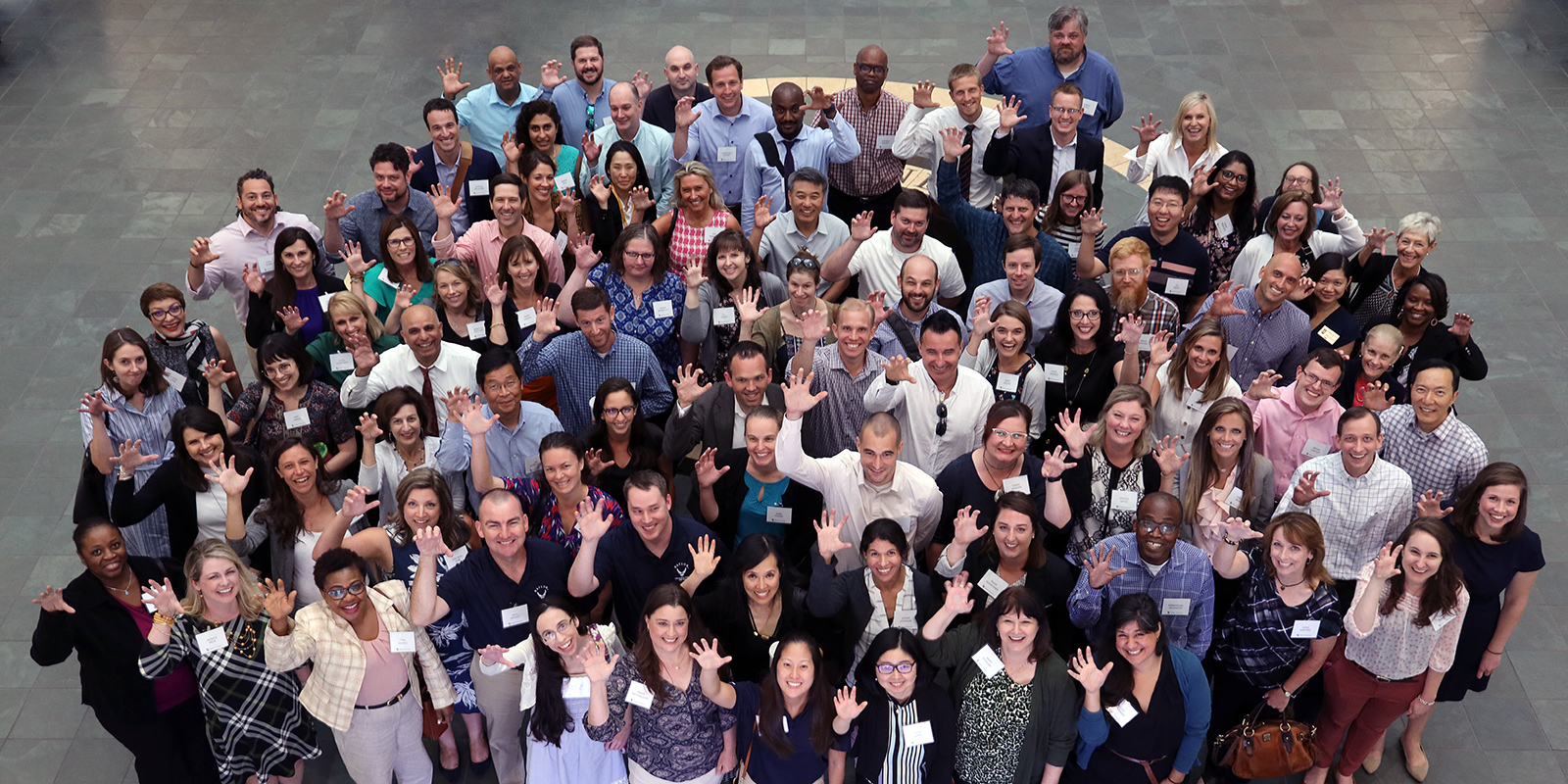
This fall, Baylor welcomed nearly 100 new faculty members to campus. It’s an impressive group, full of men and women who came to Baylor from such universities as Yale, Duke, Princeton, USC and Ohio State, as well as a variety of research institutes, laboratories and medical organizations.
What brings such top scholars to Baylor? We asked four members of this outstanding faculty class what attracted them to our campus:
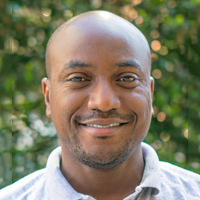 “I was searching for an institution that I can call home. An institution where every hand is on deck, working to make the world a better place. I see evidence of this in collaborations across campus. I am just blessed and happy to be a part of the ongoing work at Baylor and pleased to contribute, via my expertise and research, to attaining Baylor’s goals and leaving the world a better place.”
“I was searching for an institution that I can call home. An institution where every hand is on deck, working to make the world a better place. I see evidence of this in collaborations across campus. I am just blessed and happy to be a part of the ongoing work at Baylor and pleased to contribute, via my expertise and research, to attaining Baylor’s goals and leaving the world a better place.”
— Dr. Emeka Okafor, assistant professor of public health. Okafor came to Baylor after spending three years as a postdoctoral fellow in UCLA’s Division of Infectious Diseases. His research focuses on substance use among persons living with or at-risk for HIV infection and other vulnerable populations.
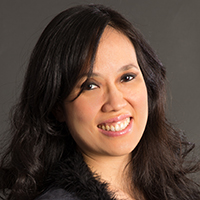 “I’ve had a remarkable relationship with Baylor since I was a young teenager. I went to Indiana University to study with Josef Gingold at the age of 14. In the middle of his studio, amongst so many other great photos he has with conductors, other violinists, pianists, legendary names, was a certificate or award he received from Baylor University. And he often spoke to me and the students about what an elite school Baylor is. As a new professor here, I’m very touched and inspired to have the opportunity to work here with this great, incredible faculty who share in their passion in creating a perfect learning community for their students.”
“I’ve had a remarkable relationship with Baylor since I was a young teenager. I went to Indiana University to study with Josef Gingold at the age of 14. In the middle of his studio, amongst so many other great photos he has with conductors, other violinists, pianists, legendary names, was a certificate or award he received from Baylor University. And he often spoke to me and the students about what an elite school Baylor is. As a new professor here, I’m very touched and inspired to have the opportunity to work here with this great, incredible faculty who share in their passion in creating a perfect learning community for their students.”
— Patricia Shih, associate professor of violin. Shih is an internationally-recognized violinist who has has performed as a soloist in Carnegie Hall and other major international venues and toured with leading orchestras from such countries as England, France and Singapore.
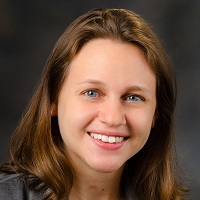 “The institution’s commitment to growing the research program at Baylor is exciting. I have always worked as a member of a large interdisciplinary group; I find that energy and creativity grows when researchers with parallel interests but with different lines of training come together. I also view the research emphasis through Illuminate to be an exciting and enriching opportunity for students. They can engage in the process of discovery and application of what they are learning in the classroom. Further, having done my undergraduate training at Wayland Baptist University, I was excited about the prospect of returning to a faith-based institution.”
“The institution’s commitment to growing the research program at Baylor is exciting. I have always worked as a member of a large interdisciplinary group; I find that energy and creativity grows when researchers with parallel interests but with different lines of training come together. I also view the research emphasis through Illuminate to be an exciting and enriching opportunity for students. They can engage in the process of discovery and application of what they are learning in the classroom. Further, having done my undergraduate training at Wayland Baptist University, I was excited about the prospect of returning to a faith-based institution.”
— Dr. Elisabeth Vichaya, assistant professor of psychology and neuroscience. Vichaya joins the Baylor faculty after eight years at the M.D. Anderson Cancer Center in Houston, where she served as a post-doctoral researcher and faculty member. Her research focuses on symptoms experienced by cancer patients that compromise their quality of life beyond the disease.
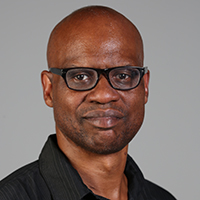
“From what I can see there’s a lot of momentum at Baylor. There’s a big emphasis on doing research and supporting your research. It’s exciting to see what’s going on. In many ways, even though Baylor’s not reached R1 status yet, they’re doing many of the things R1 schools are doing. There’s a real need to have a Protestant research campus where we live out our values, but we also do high quality, renowned research. And so I want to contribute to that mission as best that I can.”
— Dr. George Yancey, professor of the social sciences. Yancey joined the Baylor faculty after helping establish the Institute of Christian Studies at the University of North Texas. A widely-published and award-winning author of books and journal articles, Yancey is a leading scholar on topics of Christians in society, anti-Christian hostility, institutional diversity, race relations, Christians in the community, and more.
Sic ’em, new Baylor faculty!

